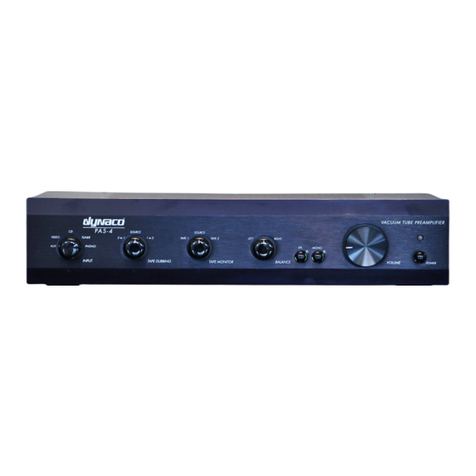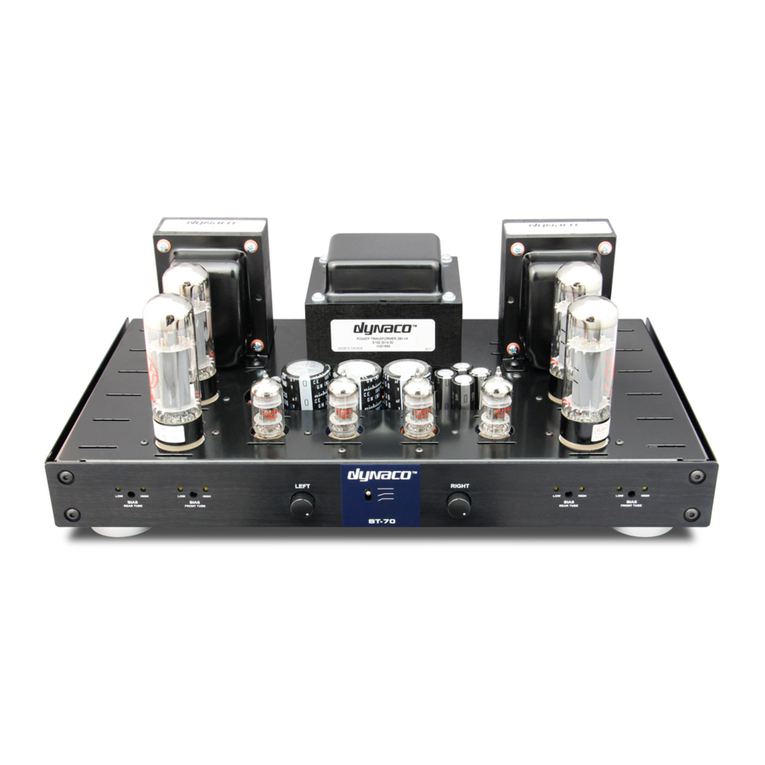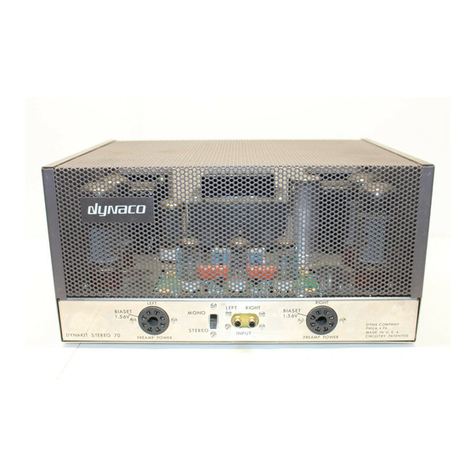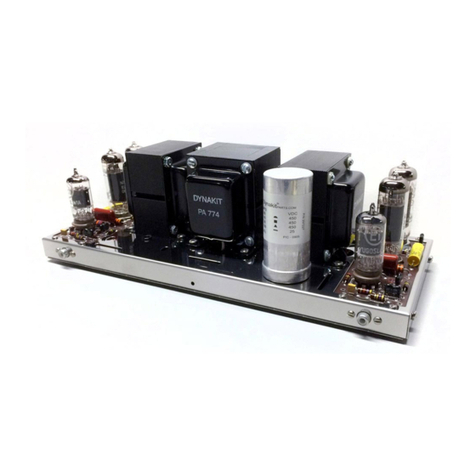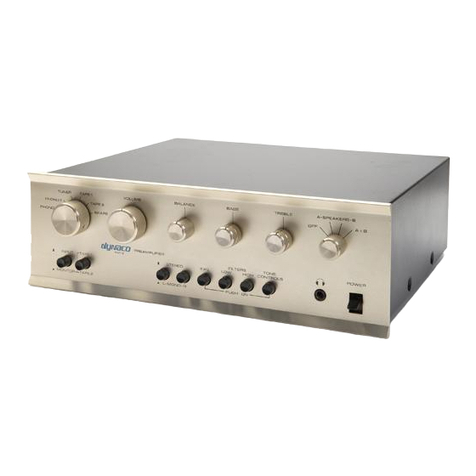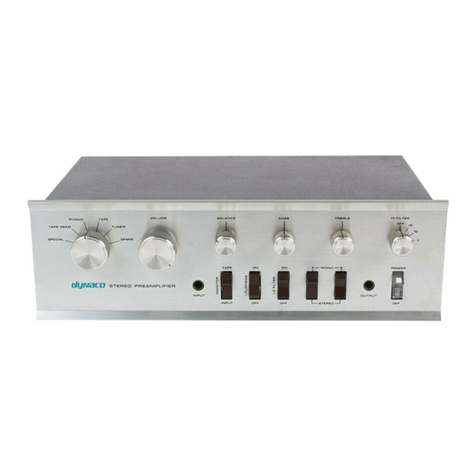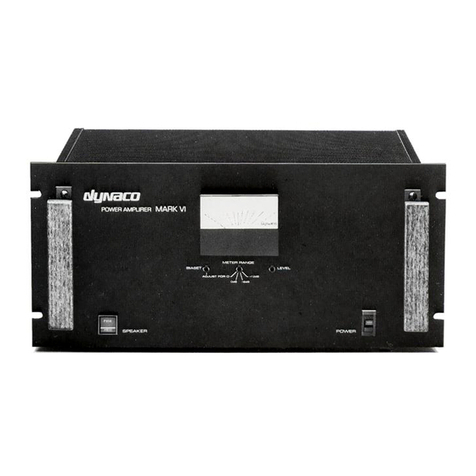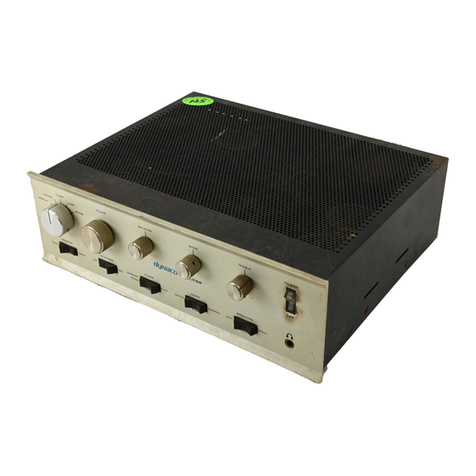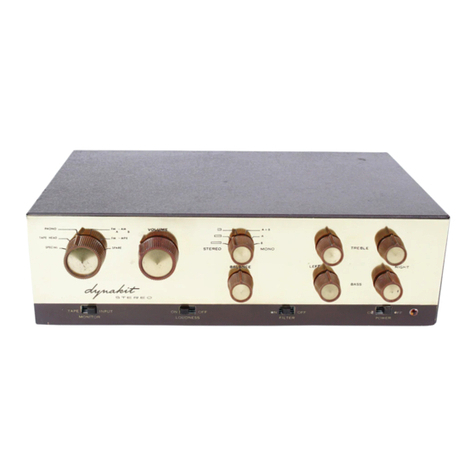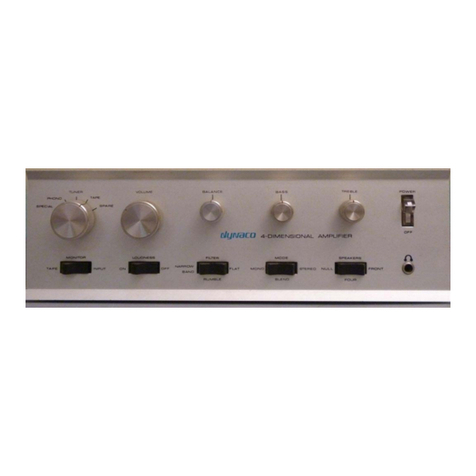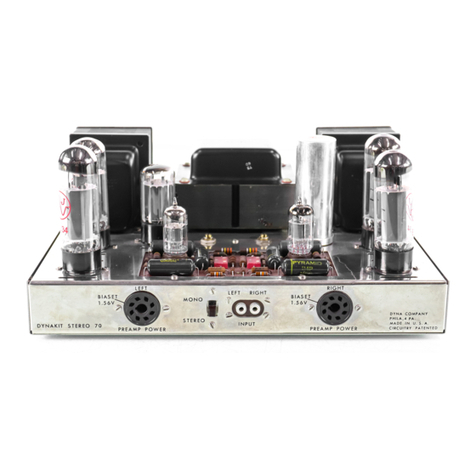
Page 2 of 32
Ta le of Figures .................................................................................................................. 3
Section 1: A out This Manual ............................................................................................ 4
Section 1: A out This Manual ............................................................................................ 4
Who Should Attempt this Project? ................................................................................. 4
Tools You’ll Need........................................................................................................... 4
Project Overview ............................................................................................................ 5
Important Safety Notes ................................................................................................... 5
Section 2: Checking the Stereo 120 Power Supply ............................................................ 6
Opening the Amplifier .................................................................................................... 6
Check the Power Supply Voltages.................................................................................. 6
Section 3: Saving the Stuff that Should Be Saved.............................................................. 7
Cutting the wires on the old amplifier modules.............................................................. 7
Removing the LEFT channel module......................................................................... 7
Removing the RIGHT channel module ...................................................................... 8
Removing C7 RIGHT ............................................................................................... 11
Removing C7 LEFT.................................................................................................. 11
Removing the Output Zo el Networks ..................................................................... 11
Section 4: Trou leshooting the Stereo 120 Power Supply ............................................... 13
Prepare and Connect the Test Load .............................................................................. 13
Test the Power Supply .................................................................................................. 13
Just In Case – Trou le Shooting ................................................................................... 14
The Voltage is Much More than 78 volts ..................................................................... 14
The Voltage is Much Less than 66 volts....................................................................... 14
There’s No Voltage at All............................................................................................. 14
Section 5: Building the Updated Circuit Boards............................................................... 15
Install the Resistors ....................................................................................................... 15
Install the Small Capacitors and the Diodes ................................................................. 17
Last Capacitors and the Transistors .............................................................................. 18
Winding the Output Inductor ........................................................................................ 18
Solder the LM3886 into the Board ............................................................................... 19
Final Inspection of the Circuit Board............................................................................ 22
Mounting the Updated Amplifier Board to the Super Heat Sink.................................. 23
Section 6: Wiring In the Updated Amplifier Modules...................................................... 25
Building and Installing the Power Wiring Harness ...................................................... 25
Building and Installing the Ground Wiring Harness .................................................... 26
Wiring the Inputs .......................................................................................................... 27
Wiring the Outputs........................................................................................................ 27
Connecting the Left Channel Amplifier Module .......................................................... 27
Connecting the Right Channel Amplifier Module........................................................ 28
Making the Speaker Binding Posts User Friendly........................................................ 29
Section 7: Testing the Completed Amplifier .................................................................... 29
Test #1........................................................................................................................... 29
Test #2........................................................................................................................... 30
Test #3........................................................................................................................... 30
Test #4........................................................................................................................... 30
Resistor Color Code...................................................................................................... 32
